Species Photo Gallery for Enchenopa on-juglans Undescribed Enchenopa on Juglans 21 |
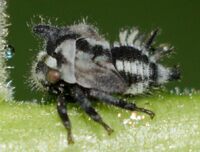 | Photo by: Scott Bolick
Forsyth Co.
Comment: |  | Photo by: Kyle Kittelberger, Paul Scharf
Gates Co.
Comment: grassy, brushy habitat and mixed hardwood, cypress forest; the undescribed species that feeds on Juglans |
 | Photo by: Scott Bolick
Forsyth Co.
Comment: | 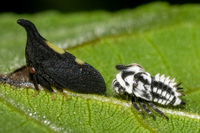 | Photo by: Scott Bolick
Forsyth Co.
Comment: |
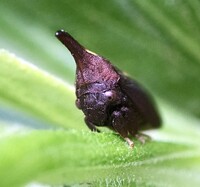 | Photo by: Ted Wilcox
Watauga Co.
Comment: Found directly underneath a Black Locust on lower vegetation. - unid_treehopper | 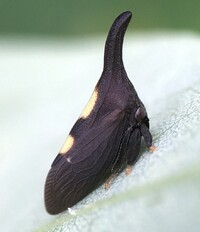 | Photo by: Ted Wilcox
Watauga Co.
Comment: unid_treehopper |
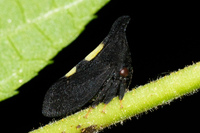 | Photo by: Scott Bolick
Forsyth Co.
Comment: | 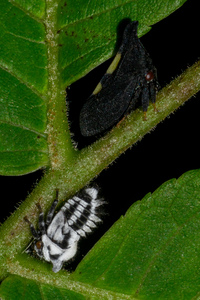 | Photo by: Scott Bolick
Forsyth Co.
Comment: |
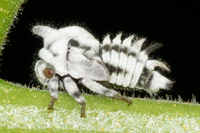 | Photo by: Scott Bolick
Forsyth Co.
Comment: | 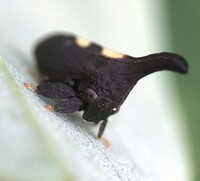 | Photo by: Ted Wilcox
Watauga Co.
Comment: unid_treehopper |
 | Photo by: Ted Wilcox
Watauga Co.
Comment: Found directly underneath a Black Locust on lower vegetation. - unid_treehopper |  | Photo by: Ted Wilcox
Watauga Co.
Comment: Found directly underneath a Black Locust on lower vegetation. - unid_treehopper |
 | Photo by: Ted Wilcox
Watauga Co.
Comment: unid_treehopper | 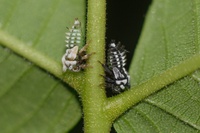 | Photo by: Scott Bolick
Guilford Co.
Comment: |
 | Photo by: Scott Bolick
Guilford Co.
Comment: | 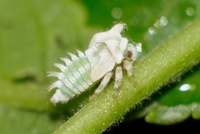 | Photo by: Scott Bolick
Forsyth Co.
Comment: |
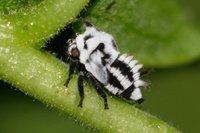 | Photo by: Scott Bolick
Forsyth Co.
Comment: | 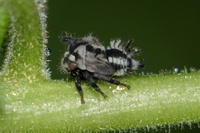 | Photo by: Scott Bolick
Forsyth Co.
Comment: |
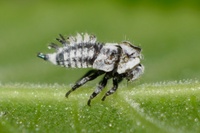 | Photo by: Scott Bolick
Forsyth Co.
Comment: |  | Photo by: Scott Bolick
Randolph Co.
Comment: |
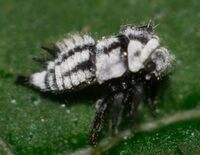 | Photo by: Scott Bolick
Randolph Co.
Comment: |

 »
»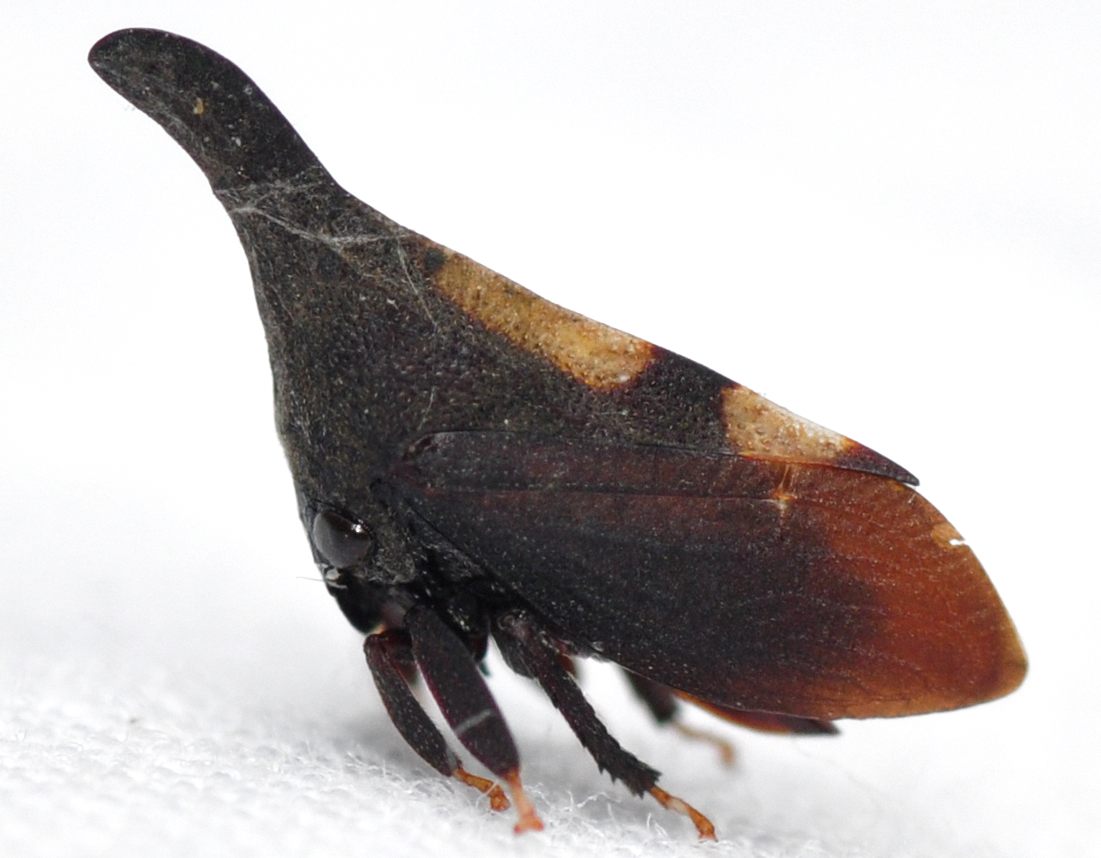




 »
»


